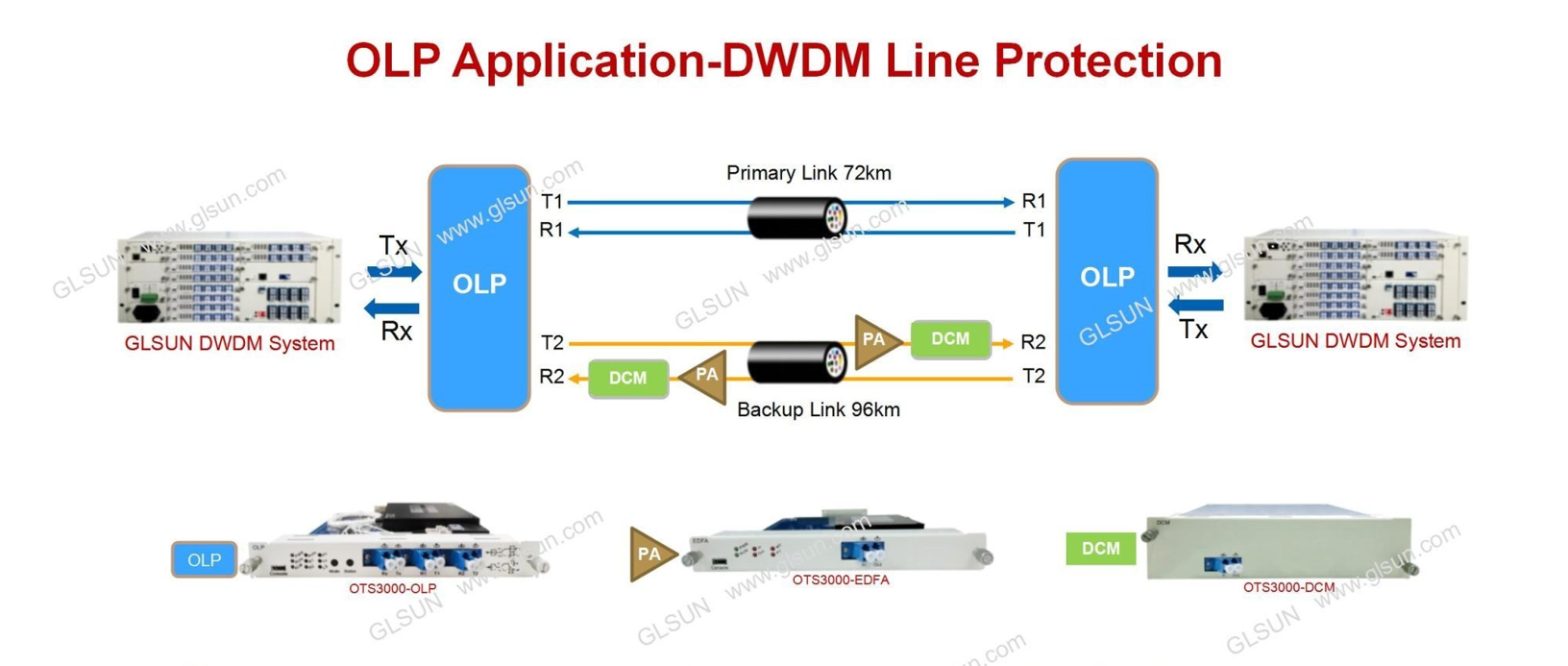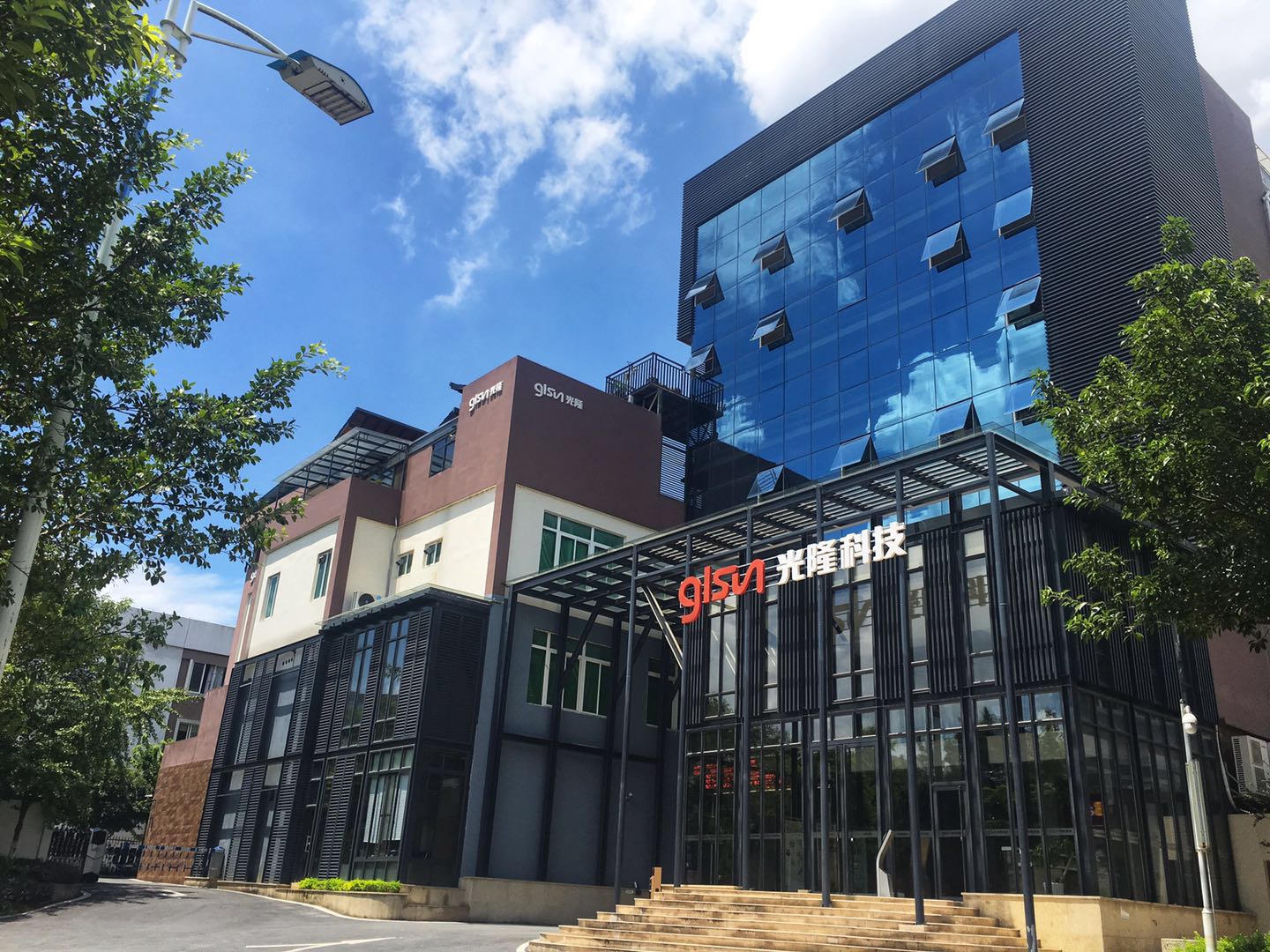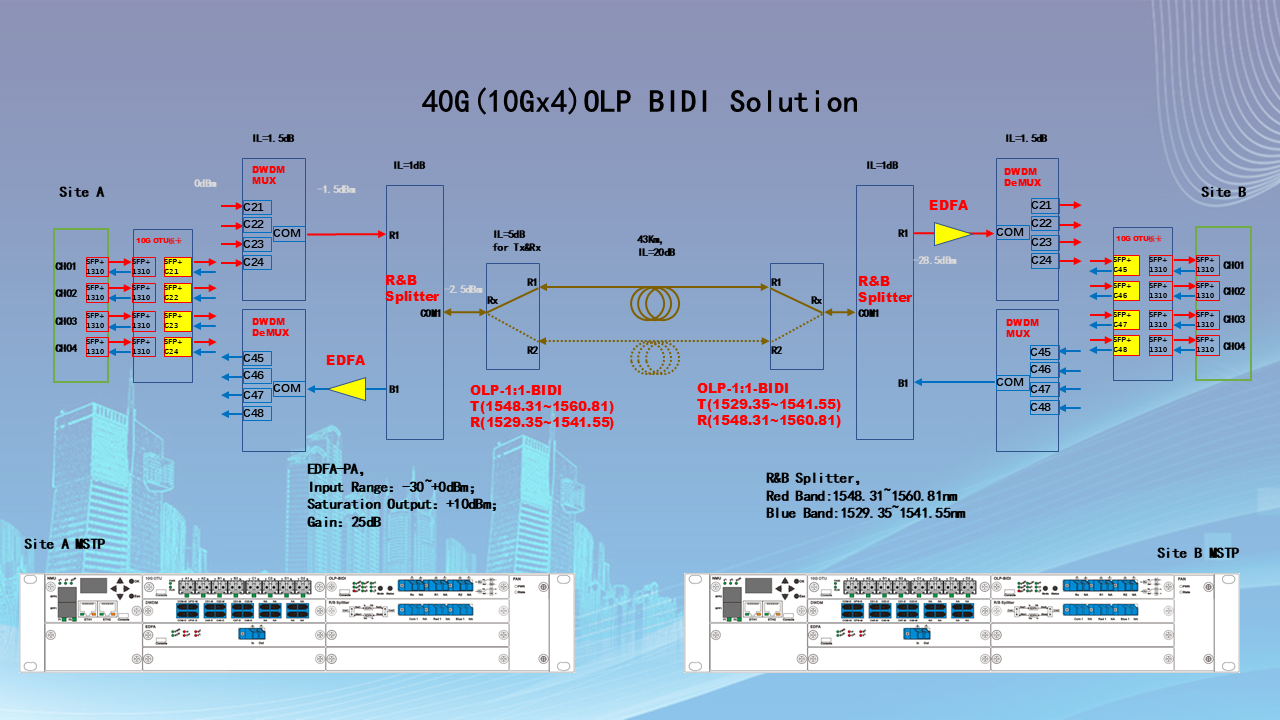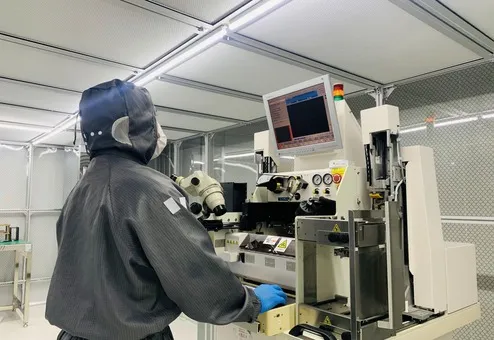What is OLP? How OLP works in the actual application scenario?
In optical communication networks, Optical Line Protection (OLP) system monitors the optical power on both the working fiber and the backup fiber in real time. When the optical power on the current working fiber falls below a preset switching threshold, an alarm is triggered and the system automatically switches to the backup fiber. This process ensures protection for the optical transmission system lines. OLP can economically and simply create various protection schemes for channels and trunks, as well as protect networks that require optical path switching, thereby establishing an unblocked, highly reliable, secure, flexible, and disaster-resistant optical communication network.
1. What is OLP?
The optical line protection, OLP, is a functional device used in the field of optical fiber communication to automatically switch between master and backup optical paths. It can monitor the optical signal status of the main and backup links in real time. When the main link optical cable fails, the system automatically switches to the backup link for transmission, protecting the normal operation of the system and improving system stability.
2. What is the main protection methods?
1+1 Protection Methods
The 1+1 optical path protection card features independent and transparent transmission signals, offering reliability and rapid fault recovery. It enables users to build an unblocked, highly reliable, secure, flexible, and disaster-resistant optical communication network.
This 1+1 protection ensures that in the event of a failure in the working fiber, the system can quickly switch to the backup fiber, thereby guaranteeing the continuity and stability of data transmission. Since signals are transmitted simultaneously over both fibers, the receiving end always selects the higher quality signal for processing. This approach provides a high level of service assurance and interference resistance.

1:1 Protection Methods
The OLP 1:1 means selective send and selective receive. At any given time, only one selected fiber is used for signal transmission, while the other backup fiber remains on standby for unexpected needs. Compared to the 1+1 protection method (where signals are transmitted simultaneously over both the working and backup fibers, with the receiving end selecting the higher quality signal), this approach indeed reduces losses caused by signal splitting. Therefore, it is more commonly used in practical applications.
3. OLP and OLP-BIDI?
Standard OLP: Typically refers to optical line protection devices that employ 1+1 or 1:1 protection mechanisms. These devices can switch to a backup fiber when the primary fiber fails. Such equipment supports unidirectional or bidirectional transmission but does not specifically emphasize simultaneous two-way data transmission over a single fiber.
OLP-BIDI: Specifically designed for bidirectional data transmission over a single fiber. This type of OLP utilizes wavelength division multiplexing (WDM) technology to simultaneously send and receive optical signals of different wavelengths on the same fiber, thereby conserving fiber resources.

4. Application Case of OLP System?
1) DWDM transmission+OLP 1:1

The original line has compensated for 70Km of dispersion, due to the fiber type G.652, the backup distance is long, and the attenuation is also large, and the relay OLP protection scheme adds PA and 20Km of dispersion at the relay point
2) DWDM transmission+OLP BIDI
The customer wants to combine and transmit four 10Gbps services on a single fiber, and they also require bidirectional protection over the transmission path. Our company provides a complete system that integrates DWDM (Dense Wavelength Division Multiplexing) transmission with protection functionalities to meet these needs. This scheme implements the single-fiber bidirectional protection from Site A to Station B separated by 43Km. As a result, only one fiber is needed for the main line or the backup line to implement the optical path protection function.
The OLP mentioned above is provided by us along with a complimentary transmission solution. We also provide free transmission solution design, as well as 24-hour technical service. Established in 2001, GLsun specializes in the fields of 5G, data centers, optical transmission, and optical protection within the realm of optical communication. As a professional fiber optic network transmission solution provider, we integrate research and development, production, and sales.






 Guanglong S&T Zone, No.8 High-tech Industry Park Chaoyang Road, Guilin ,Guangxi, China
Guanglong S&T Zone, No.8 High-tech Industry Park Chaoyang Road, Guilin ,Guangxi, China  +86-133-4600-8527
+86-133-4600-8527  alan.shizz@glsun.com
alan.shizz@glsun.com